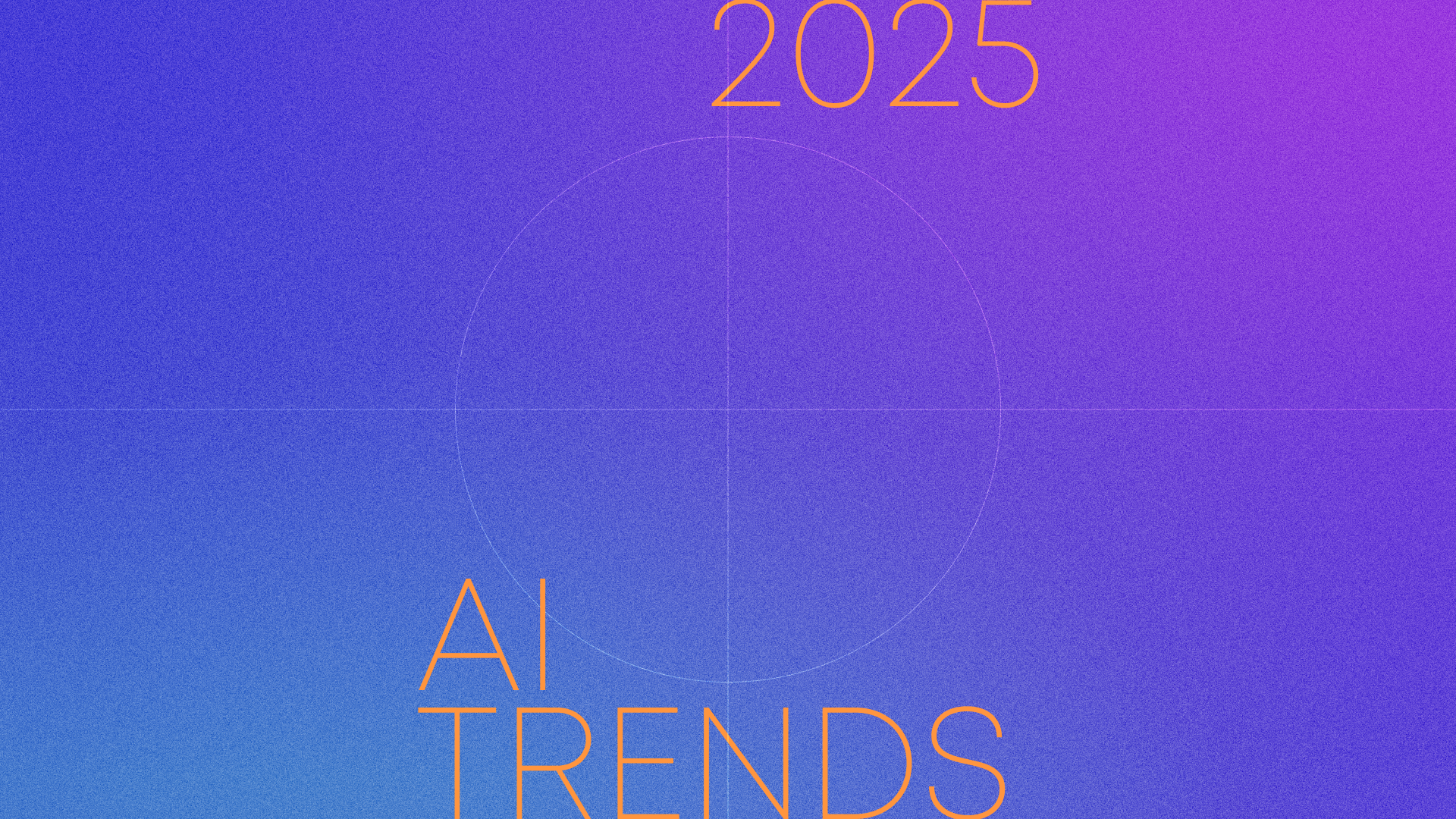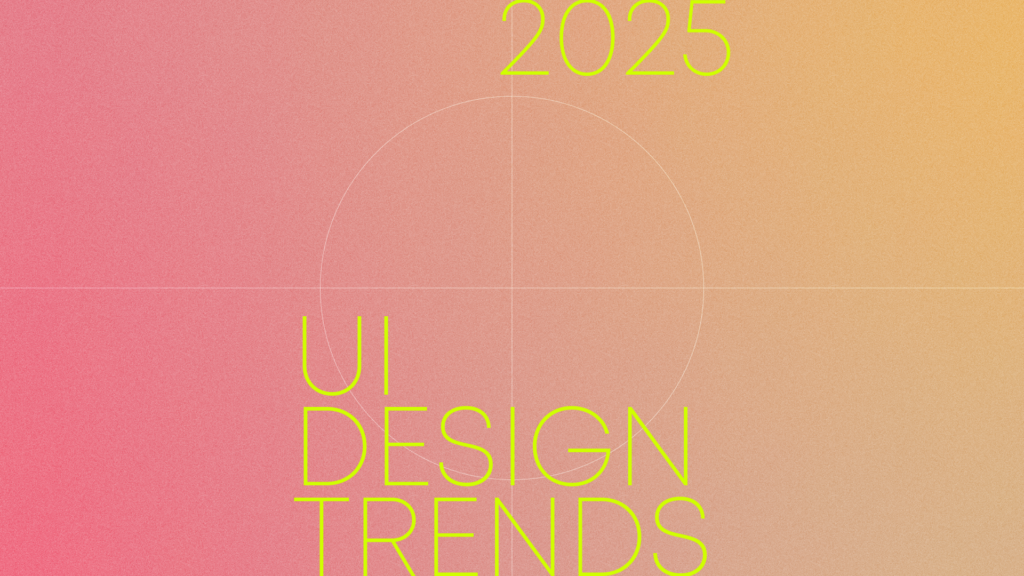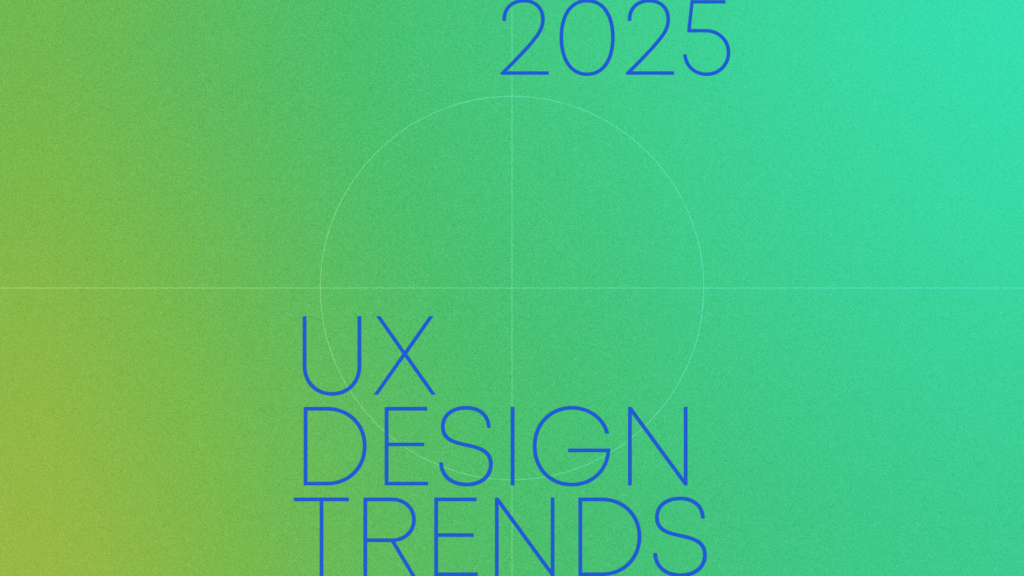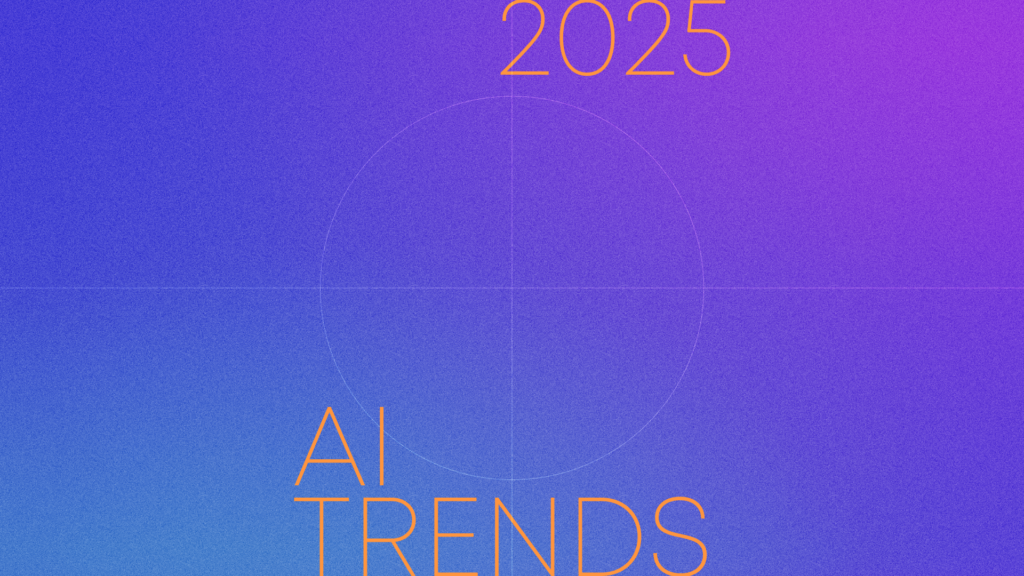Artificial Intelligence (AI) is no longer just a buzzword—it’s a transformative force shaping the digital world. By 2025, AI has evolved into an indispensable tool, revolutionizing how we design user experiences, develop mobile apps, and build websites. Whether you’re a designer, developer, or simply fascinated by cutting-edge technology, understanding the latest AI trends can open your eyes to a future filled with innovation.
Let’s explore how AI is redefining digital design and development and what exciting advancements lie ahead.
1. Hyper-Personalization at Its Peak
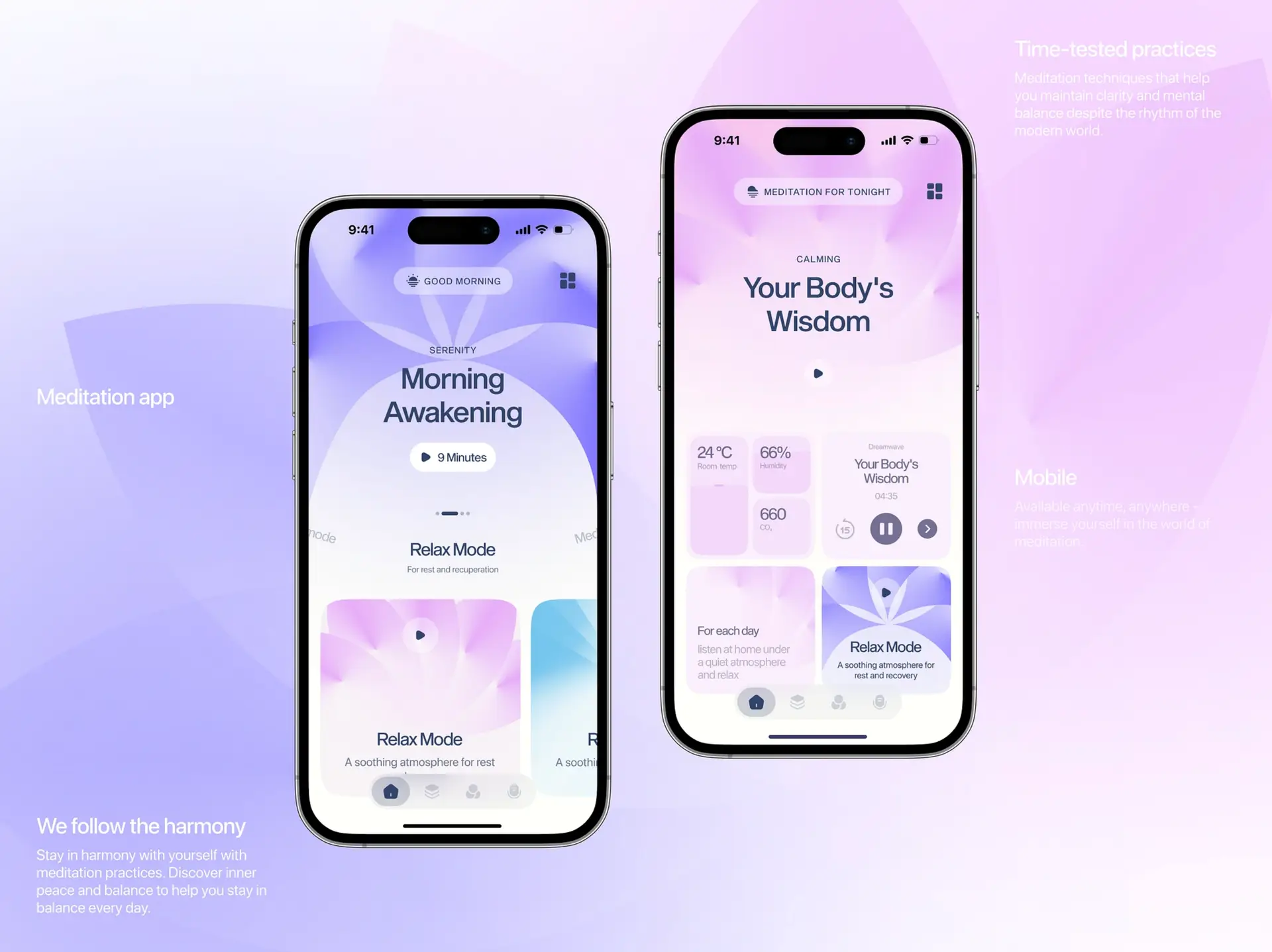
Source: Awsmd on Dribbble
2025 is the year of hyper-personalized digital experiences. Gone are the days of one-size-fits-all designs; AI now enables websites, apps, and interfaces to adapt dynamically to individual users.
Real-Time Customization
AI-powered systems can analyze user preferences, behaviors, and even their current context (like time of day or location) to deliver highly personalized experiences. For example, fitness apps now recommend workouts based on user history, wearable device data, and even weather conditions.
Mood-Based Adjustments
AI can detect user emotions through facial recognition, voice analysis, or text sentiment. Apps might adjust their interface or content to match a user’s mood, such as offering calming visuals for stressed users.
Hyper-personalization ensures users feel understood and valued, creating deeper engagement and loyalty.
2. Conversational and Voice Interfaces Revolutionized
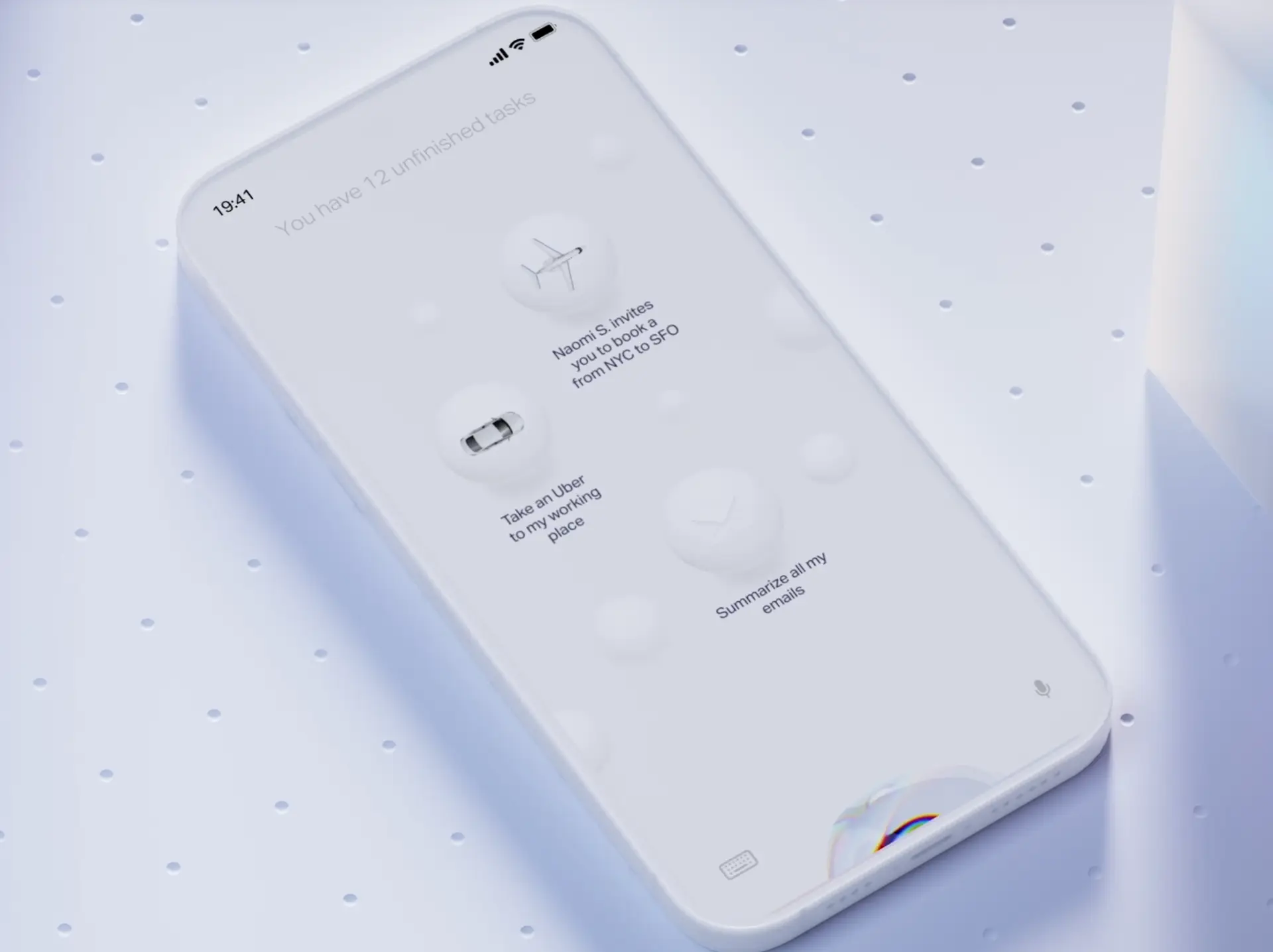
Source: Gleb Kuznetsov on Dribbble
Voice technology is no longer just a convenience—it’s becoming the primary mode of interaction for many users. In 2025, AI-driven conversational interfaces are more intuitive and human-like than ever.
Natural Conversations
Advanced AI models now understand context, nuance, and intent, allowing for fluid and meaningful interactions. Virtual assistants like Alexa and Google Assistant have become indispensable for everything from managing smart homes to shopping online.
Voice-First Experiences
As IoT devices and wearables gain popularity, voice-first interfaces are becoming mainstream. Imagine controlling a website or app entirely with voice commands—a reality now made possible by AI.
These advancements make digital experiences more accessible and inclusive, particularly for users with disabilities.
3. Emotionally Intelligent Interfaces
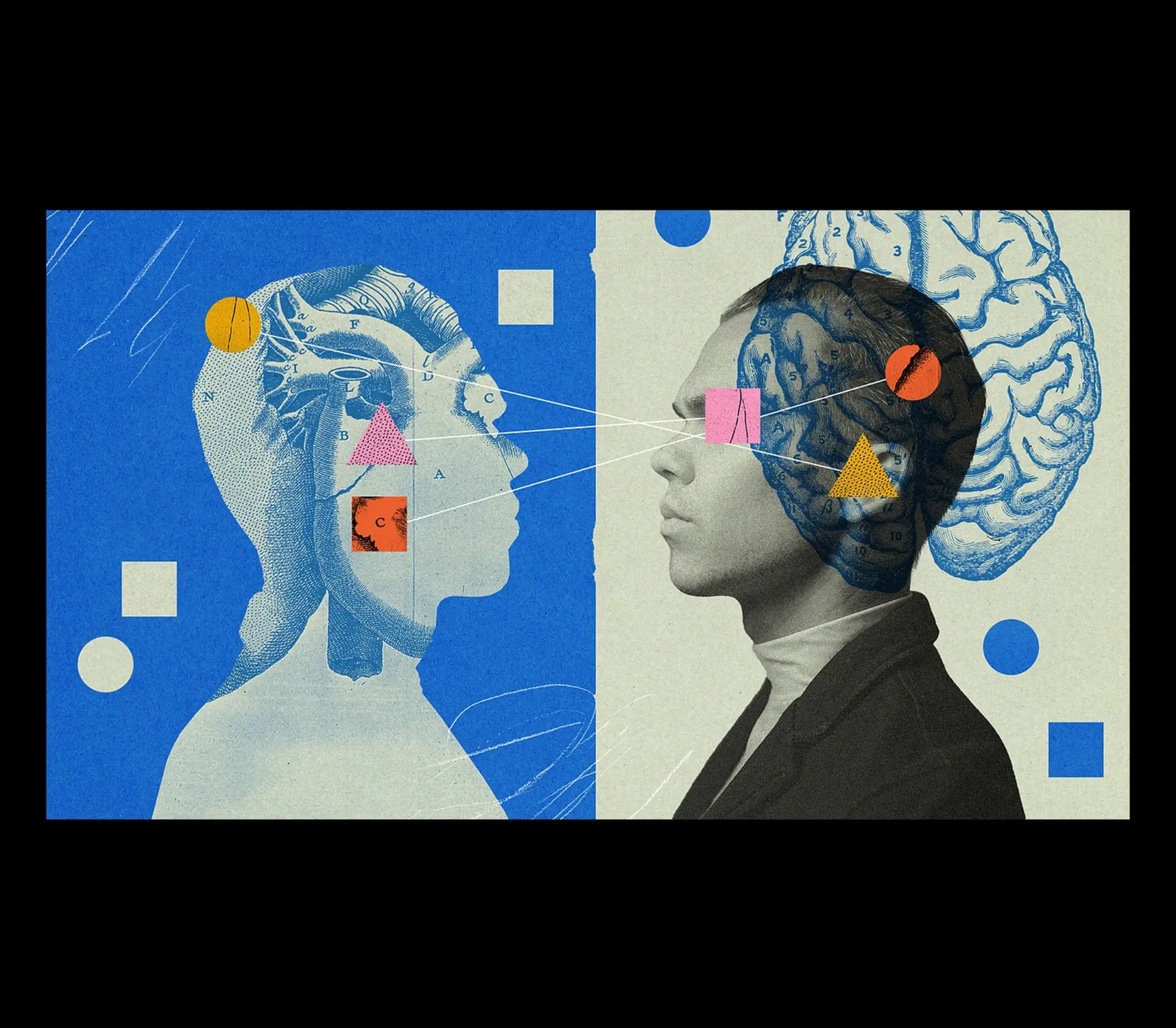
Source: Blake Cale on Dribbble
AI in 2025 is bridging the gap between humans and machines with emotionally aware systems. These interfaces don’t just respond to user actions—they understand and react to user emotions.
Emotion Recognition
AI analyzes facial expressions, tone of voice, and typing patterns to determine how users feel. For instance, a mental health app might offer calming exercises if it detects signs of anxiety.
Dynamic UI Changes
Interfaces can adjust in real time based on emotions. A user feeling frustrated might see simpler navigation options, while a happy user might be shown celebratory visuals.
Emotionally intelligent interfaces create more empathetic and engaging experiences, transforming how users interact with digital products.
4. Generative AI as a Creative Partner
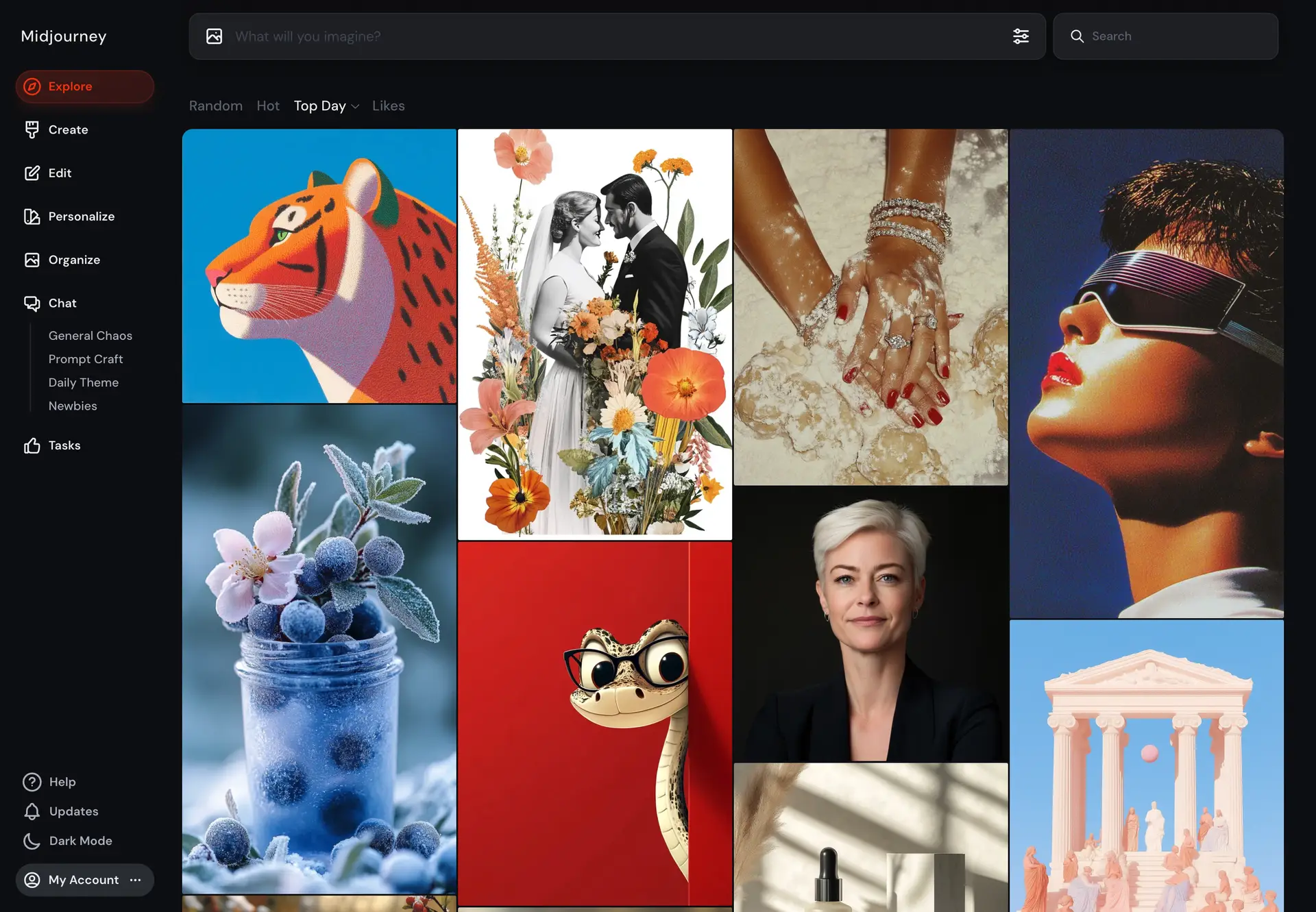
Screenshot from the website midjourney.com
Generative AI is no longer a tool for automating repetitive tasks—it’s a collaborator in the creative process. By 2025, AI is actively co-creating designs, content, and even code.
Content and Design Generation
Tools like OpenAI’s DALL·E can generate stunning visuals, while AI-powered writing assistants create compelling copy. This allows designers and writers to focus on strategy and storytelling.
Code Assistance
AI tools like GitHub Copilot now generate complex code structures and debug programs in real-time, accelerating development workflows.
Generative AI empowers creators to push the boundaries of what’s possible, delivering results faster and with greater creativity.
5. Web 3.0 and Decentralized AI
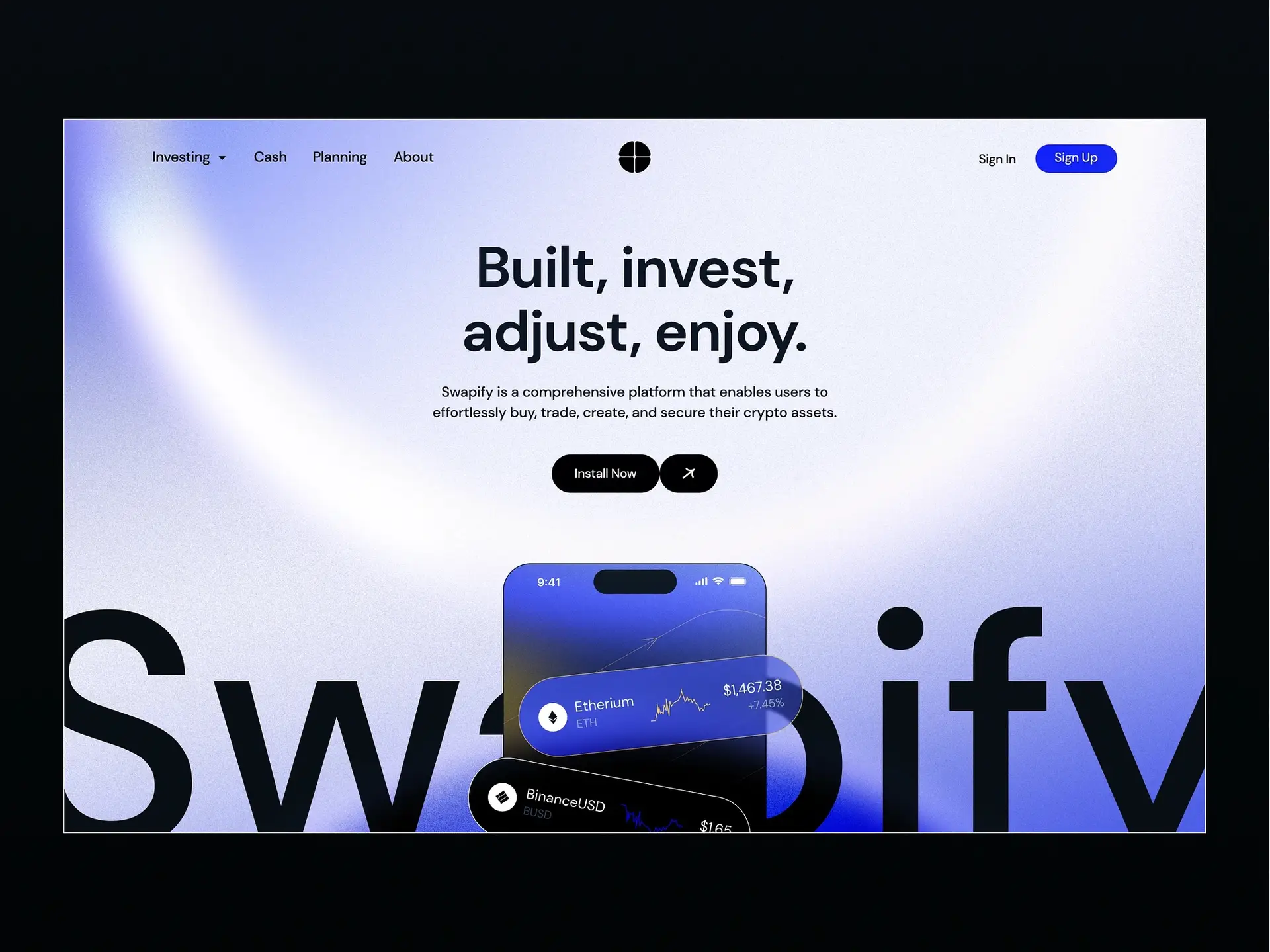
Source: Arounda Product on Dribbble
As the internet evolves into Web 3.0, decentralization and AI are converging to create more secure, transparent, and user-focused digital experiences.
Decentralized AI
Blockchain-based AI systems distribute tasks across multiple nodes, enhancing privacy and reducing reliance on centralized servers.
Smarter dApps (Decentralized Applications)
AI simplifies the user experience of blockchain applications, making technologies like cryptocurrency wallets and decentralized marketplaces more accessible to everyday users.
This synergy between AI and Web 3.0 is unlocking new possibilities for secure, scalable, and user-friendly digital systems.
6. AI Meets Augmented Reality (AR)
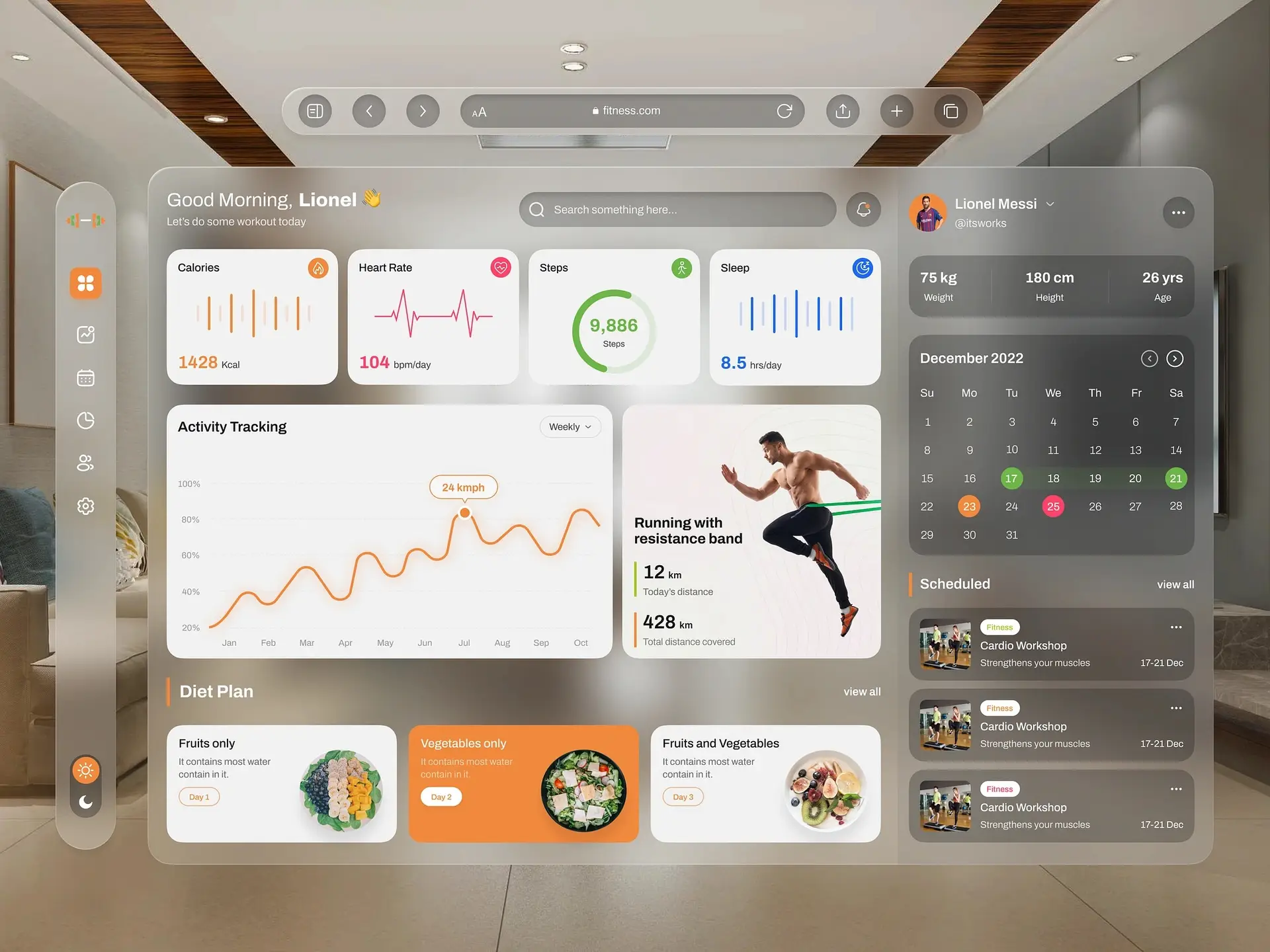
Source: MindInventory UI/UX on Dribbble
In 2025, AI-driven AR is transforming industries like retail, gaming, and education, creating more immersive and interactive experiences.
Intelligent AR Applications
AI enables AR apps to recognize objects, environments, and gestures in real-time. For example, a furniture app might allow users to see how a sofa fits into their living room with just a smartphone.
Efficient AR Design Tools
Generative AI assists in creating AR assets, reducing development time while enhancing quality.
With AI-powered AR, the lines between digital and physical experiences are becoming increasingly blurred, opening up exciting opportunities for innovation.
7. Proactive AI for Development Automation

Source: George Railean on Dribbble
AI is no longer reactive—it’s proactive. In 2025, AI anticipates developer needs and automates complex workflows.
Automated Coding
Advanced tools like TabNine and Amazon CodeWhisperer now write entire sections of code based on developer intent, making the coding process faster and more efficient.
Intelligent Testing
AI automates testing, simulating user behavior across different environments to identify bugs and optimize performance before launch.
This proactive approach reduces development cycles and ensures higher-quality digital products.
Let's Collaborate
Ready to dive into the Rabbit Hole? Let's create something extraordinary together.
Why These Trends Matter to You
Whether you’re a designer, developer, or simply someone passionate about technology, these 2025 AI trends offer something for everyone:
For Designers: AI tools free you from repetitive tasks, allowing you to focus on creativity and strategy. Emotionally intelligent and generative AI opens new doors for innovative design.
For Developers: Automated coding and testing tools speed up workflows and enhance code quality, helping you deliver exceptional products faster.
For Enthusiasts: AI-powered personalization and immersive technologies like AR and conversational interfaces promise more engaging and accessible digital experiences.
The Future is Here: Embrace AI in 2025
AI is no longer an emerging technology—it’s the driving force behind the most exciting advancements in UI/UX design, mobile app development, and web development. From hyper-personalized experiences to emotionally intelligent interfaces and decentralized AI systems, 2025 is a year of transformation.
Are you ready to embrace the future? Whether you’re building the next groundbreaking app or simply exploring the possibilities of AI, the tools and technologies of 2025 are here to make it happen. Dive in and shape the digital world of tomorrow.
This version addresses a wider audience, including tech enthusiasts and professionals, while focusing on the transformative AI trends of 2025. Let me know if you’d like additional customization!
